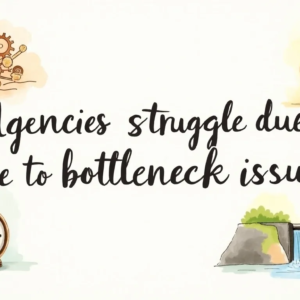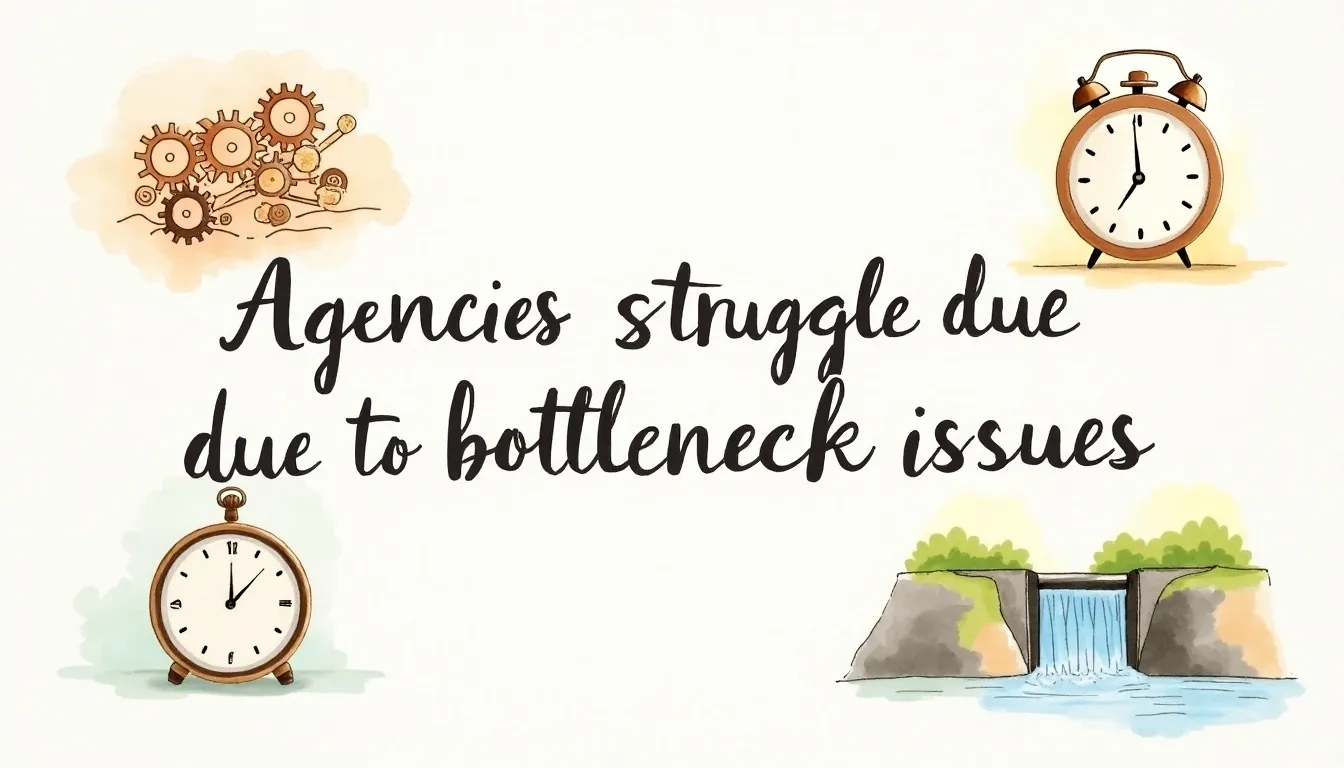Unsatisfactory treatment results to risks for your website from a failed failure to assess reliability. It can happen when you submit incorrect data to the SQL server (SQL injection), the browser (XSS), the LDAP server (LDAP injection), or anywhere else. The problem here is that the attacker can breach commands given to these users, resulting in data loss and navigating client browsers.
Risks For Your Website 1: Injection Flaws
Anything your application receives from unreliable sources will be resolved, preferably as a cleanup. You should not use a cloud, where access to that capacity is difficult and often easy to navigate. Antivirus software and products provide stellar examples of falling blacklists. Matching terminals do not work.
Preventions

The good news is that protection is the “only” term of careful evaluation of your admission and thinking about whether the admission can be trusted. But the bad news is that all quotes need to be clarified unless they can be trusted (but the phrase “never say” does not come to mind here).
For example, in a system with 1,000 inputs, you will be able to answer 999 of them are incomplete, while this still has a field that can be treated as Achilles cures to slow down your system. But you might think that putting SQL results in the next question is a good idea, as a trusted database, but if not a roundup, the entry is from inexperienced guys. This is called Second SQL Injection Process if you are interested.
Since filters are difficult to perform well (like crypto), my usual advice is to rely on your system’s filtering functionality: they have proven to work and are thoroughly evaluated. If you do not use the system, you need to think hard about not using them logically in your server security mode.
Risks For Your Website 2: Broken Screening / Authentication
This is a summary of the many problems that can occur during a broken test, but not all of them come from the same root cause.
The URL may contain a copy of the session and assigned to a text translator and another person.
The password may not be encrypted or stored or passed on.
The ids time can be quite visible, so getting a response is useless.
Repair time is possible.
Time hijacking may be possible, timeouts are not implemented right or using HTTP (no SSL security), etc.
Prevention
The easiest way to avoid this web security problem is to use a framework system. You can do this correctly, but the first is simple. If you want to translate your own code, insult it a lot and teach yourself what the traps are.

Risks For Your Website 3: Cross-Site Scripting (XSS)
This is a complete sanitization failure (which is a special case of common error # 1). Your attacker provides your web application JavaScript with tags and entries. When this user gets his or her subscription back, the user’s browser will do it. It can be as simple as clicking a link and getting the user to click on it, or it can be even worse. On the load, page run a page that, for example, can be used to post your cookie and the attacker.
Prevention
There is a simple web security solution: restore HTML tags to the client. This has the added benefit of defending the HTML blockchain, a similar attack in which the attacker inserts explicit HTML content (such as an image or invisible light) – not a big impact but irritating anger (“please stop it!”). Often, the workspace changes all HTML, so that <script> returned as & lt; script & gt ;.
The other commonly used function of sanitization is to use regular expressions to remove HTML tags using regular words in <na>, but this is critical as most browsers will interpret broken HTML as broken. Better to convert all the characters to their escaped stage.
Risks For Your Website 4: Insecure Direct Object References
This is a beautiful case of reliance on an employee’s commitment and compensation for his or her insecurity. A valid directory means that the contents such as a file or database key are displayed to the user. The problem with this is that the attacker can provide this signal and, if unauthorized (or broken), the attacker can access or do the necessary thing to get out.
For example, the code contains a download.php module that reads and lets the user download the file, using the CGI method to define the file name (e.g., download.php? File = something.txt). Either by mistake or due to laziness, the manufacturer removed the license from the code. The attacker can use this to download any system file that a PHP running user can access, such as the application code itself or other data stored on the server, to backup. Oh-oh.
Another example is a working password based on user input to determine who our password is reset. When you click on a valid URL, the attacker can change the username field in the URL to say something like “administration”.
Surprisingly, both of these examples are what I have seen happen many times “in the wild.”
Preventions
Properly and regularly perform user rights, then clean up those options. More often than not, all problems can be avoided by storing data internally and not relying on passing it through the client through the CGI area. Transformation times and multiple factors are appropriate for this purpose.
Risks For Your Website 5: Security Error
Modified web servers and applications are way more common than well-organized ones. Perhaps this is because there is no shortage of ways to do it. Examples Some examples:
Use the app debug on the app.
Having a registry list enabled on the server, which leaks useful information.
Run older software (think WordPress plugins, old PhpMyAdmin).
Having a non-essential function runs on the machine.
The keys and passwords are not changed. (Do it more often than you would believe!)
Disclosing incorrect information about the attackers, such as a summary.
Prevention
Have a well-established “build and install” system (preferably automated), which can be tested and configured. The poor misconfiguration solution is post-hook, to prevent the code. From slipping out of the default password and/or resulting product development.
Wrapping Up
These are some of the risks and the prevention that you can follow. Just to ensure that you are safe for the betterment of your company. Draftss also helps the clients to make the process of preventing your websites from any kind of risks and making your website efficient and most effective.





















